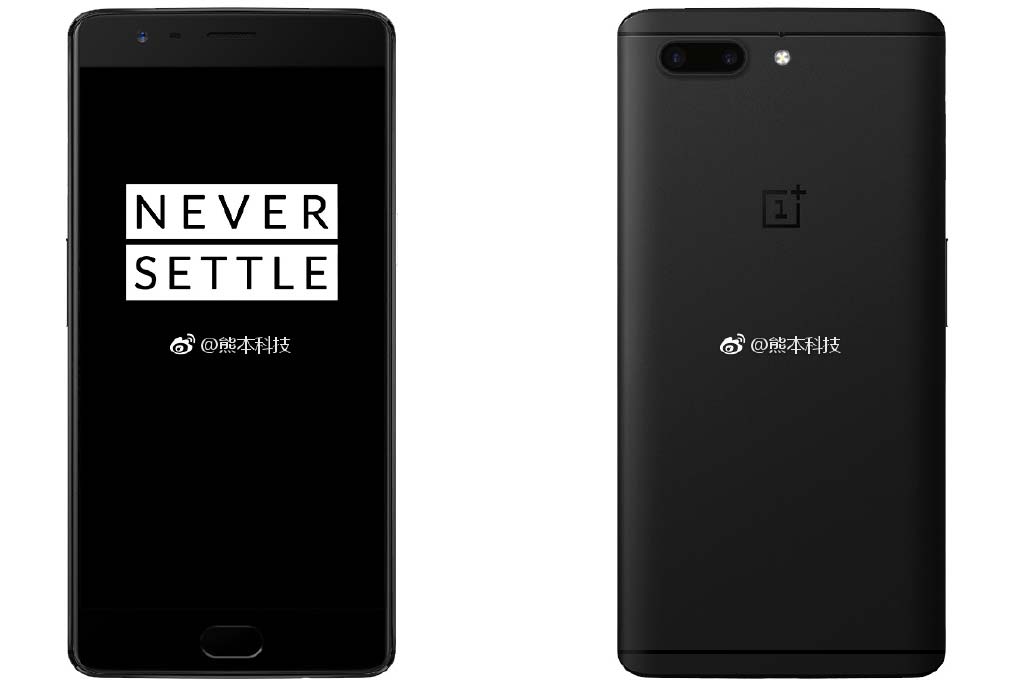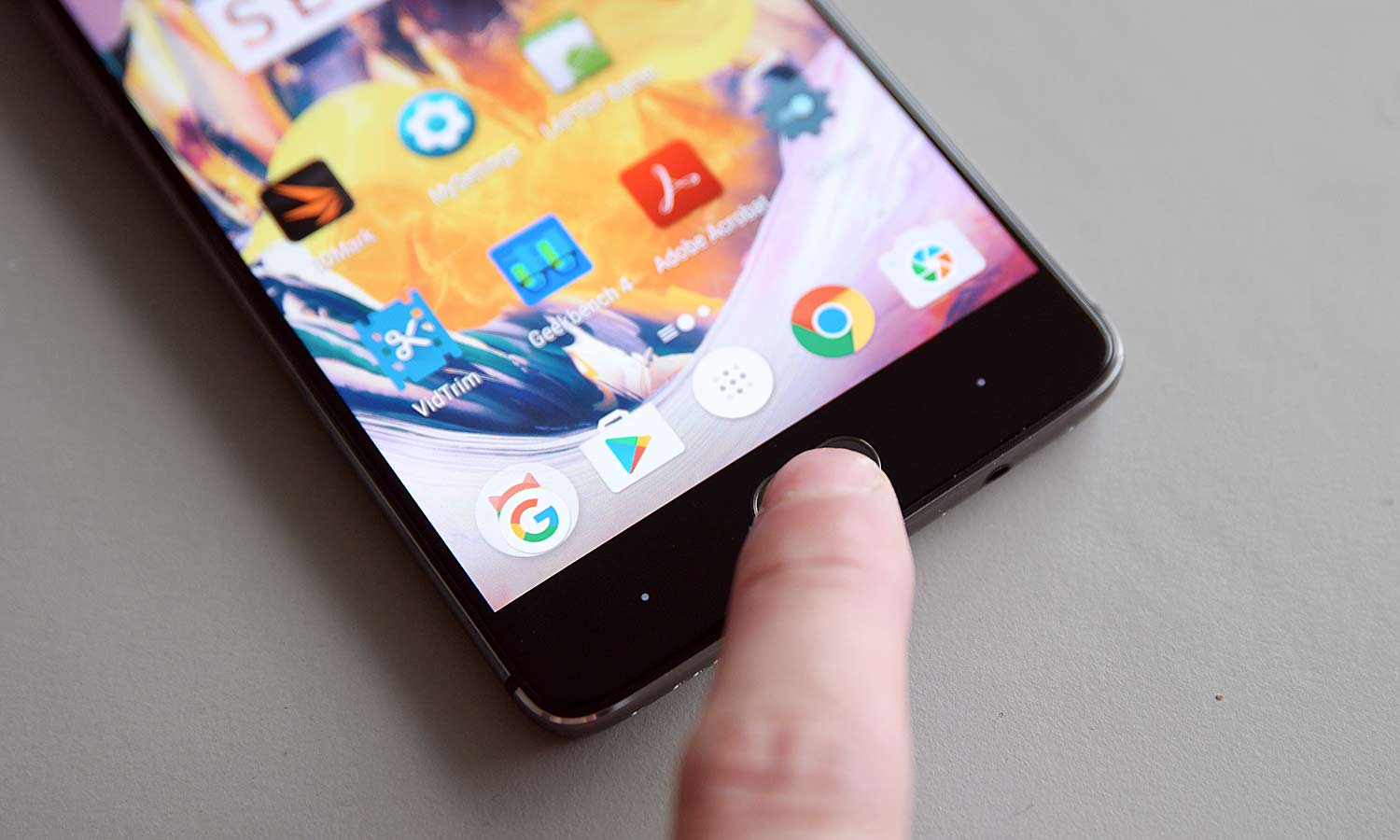Here's How the OnePlus 5 Can Beat Its Android Rivals
OnePlus has a reputation for making feature-rich phones at an attractive price. Here's how the OnePlus 5 could take things to the next level.
There's no shortage of great choices if you want a new Android phone. Thanks to flagships such as the Samsung Galaxy S8, the LG G6 and the Google Pixel, the market for Android devices has never been stronger. But all of that glorious tech doesn't come cheap. Most of the current-generation flagships will set you back more than $700 or so, and prices of high-end phones are trending upward.

That's why OnePlus has emerged as such an intriguing player in the Android landscape. The Chinese startup has shown that it can produce a very capable Android phone at nearly half the cost as the latest creation from the big guys. Tom's Guide named last year's OnePlus 3T, the company's most recent device, the best unlocked phone for the money.
But such titles don't last very long in the smartphone world. On the low end, phones like the ZTE Blade V8 Pro and Huawei Honor 6X are adding premium features like dual-rear cameras while keeping their price tags in bargain bin territory. On the high end, buzz-generating rivals like the recently unveiled $699 Essential phone are emerging, too, proving potential competition for OnePlus's next move.
Rumors about the new OnePlus 5 are swirling, suggesting a new phone is on the horizon, especially considering that OnePlus is making a "last call" on its OnePlus 3 and OnePlus 3T inventory. (OnePlus is skipping the "4" in the series, reportedly because it's considered bad luck in the company's native China because it sounds similar to the words for “death” or “decease” in Chinese.)
MORE: Most Anticipated Phones
OnePlus has produced a more powerful and capable phone with each version of its flagship phone. The OnePlus 5 offers a great opportunity to reassert itself as the best device for its price tag while also leaping forward in both style and performance. Here's what it will take for OnePlus to keep up with, and even surpass, the rest of the Android pack.
A great camera
Sure, this may seem obvious. But here's the deal: The OnePlus 3T offered a respectable camera, but the lack of an HDR sensor on the front, as well as some color issues on the back camera, definitely left it a step below its flagship competitors.
Get instant access to breaking news, the hottest reviews, great deals and helpful tips.
In comparison, the Galaxy S8 ranked as our top-rated camera phone. However, this year's version wasn't a major leap forward but rather an extension of the Galaxy S7's industry-leading camera with some software tweaks that improved image processing.

The OnePlus 5's camera will likely have a difficult time going toe-to-toe with the Galaxy S8's. But there's one feature it could add that the S8 lacks: a dual-lens rear camera. That would allow OnePlus' new phone to capture images that the S8 and its single rear lens simply can't. A dual-lens setup has certainly helped the LG G6'’s camera compete with the S8's.
Simple software

We also appreciate the OnePlus 3T's relatively light touch with software. OnePlus' OxygenOS keeps the look and feel of the company's phones pretty close to the stock build of Android, and the company is rather good about pushing out timely updates. Both the OnePlus 3 and the OnePlus 3T have Android 7.1 Nougat, and people who like to walk on the wild side can take advantage of a beta program.
With its new phone, we'd love to see OnePlus focus on performance. Touch latency (or the laggy response when you touch the screen) has been a problem, and the OnePlus forums often fill up with bug reports. Bugs aren't unique to OnePlus, of course, but with every generation of phone, a tightening of the digital screws is warranted.
The right design
Both the Galaxy S8 and the LG G6 prove that bezels are an endangered species. The trend toward slimmer phones is genuinely positive; the more space for the screen, the better. But it can be easy to get carried away. There's no indication we'll see a OnePlus 5 and 5 Plus, so keeping the screen size around the 5.5-inch range, as rumors suggest, is probably the right move.

The Galaxy Note 7 was the ideal mesh of size and body, at 5.7 inches. But devices bigger than 6 inches, like the Galaxy S8+, may turn some people off. OnePlus should keep its new phone at a size that makes it easy to view and use, without going over the top.
For what it’s worth, OnePlus sounds like it relishes the challenge. Posting on the Weibo social media site, CEO and co-founder Pete Lau promised the "thinnest flagship" of any high-end handset on the market.
Budget price
One of the main differentiators for the OnePlus line is the price. Those prices have been creeping up with new models, however. The OnePlus One started at $299, and the OnePlus 2 was $329. The OnePlus 3T currently sells for $439.
The price increase isn't necessarily unwarranted, however, as OnePlus has steadily improved its phone. But if we see the OnePlus 5 cross that $500 threshold as some rumors have suggested, we'll be starting to get out of budget territory. The OnePlus line has been a spiritual successor to Google's Nexus phones, which were lauded for their stock Android build and wallet-friendly pricing.
Outlook
For the OnePlus 5 to follow in the footsteps of previous OnePlus models as a stellar alternative to pricier flagships, it will have to do what its predecessors did: offer a capable, quality phone that keeps the price tag reasonable. A dual-lens camera and solid design seem like the most likely ways for the OnePlus 5 to hang with the high-end phones while maintaining its budget cred.
Derek Walter is a freelance technology writer whose work has appeared on Fast Company, IGN, TechRadar, PCWorld, and more. At Tom's Guide, he specializes in covering Apple and Android phones. He is also the author of Learning MIT App Inventor, a guide for creating Android apps, and is the founder of Walter Media.
-
BostonHolly No mention of waterproof , weatherproof or dust-proof. What is it that China has against protecting their phones from coastlines, weather, dust and snow in mountainous regions ? Or do they actually believe that all users are young, able bodied and never those with disabilities ? What about the hip-hop artists so wealthy they pour $300 bottles of champagne all over their phones - they count, right ?Reply
